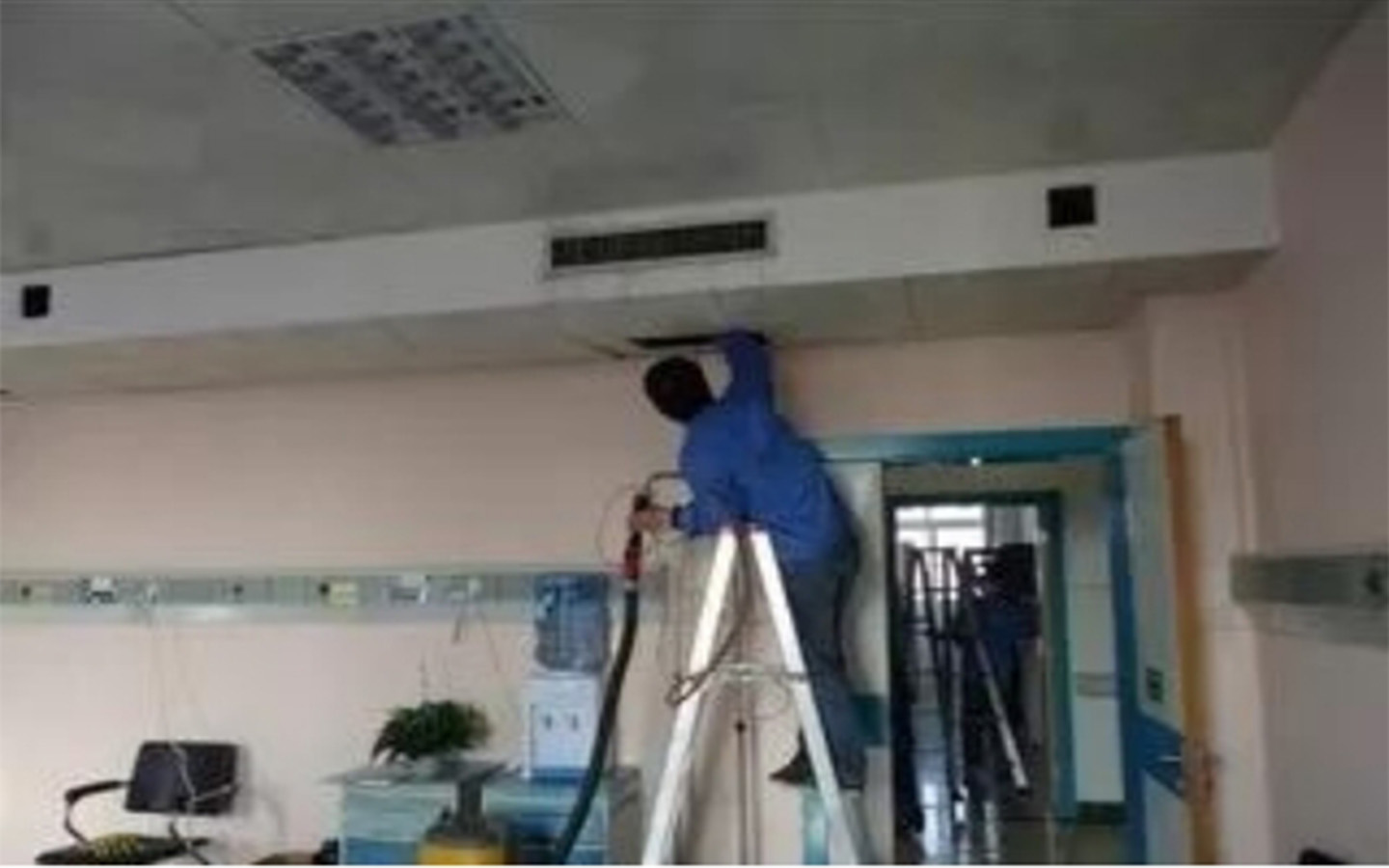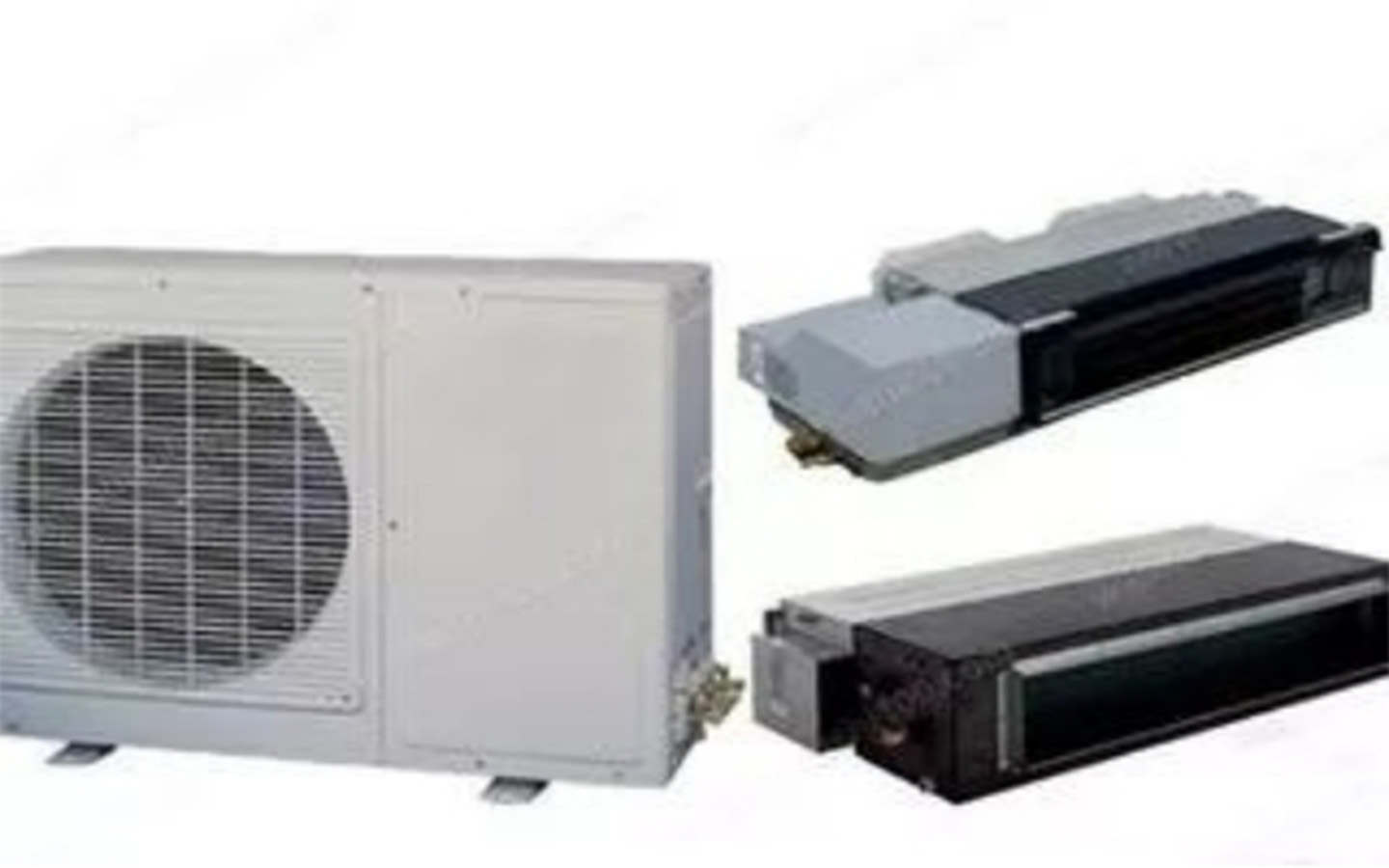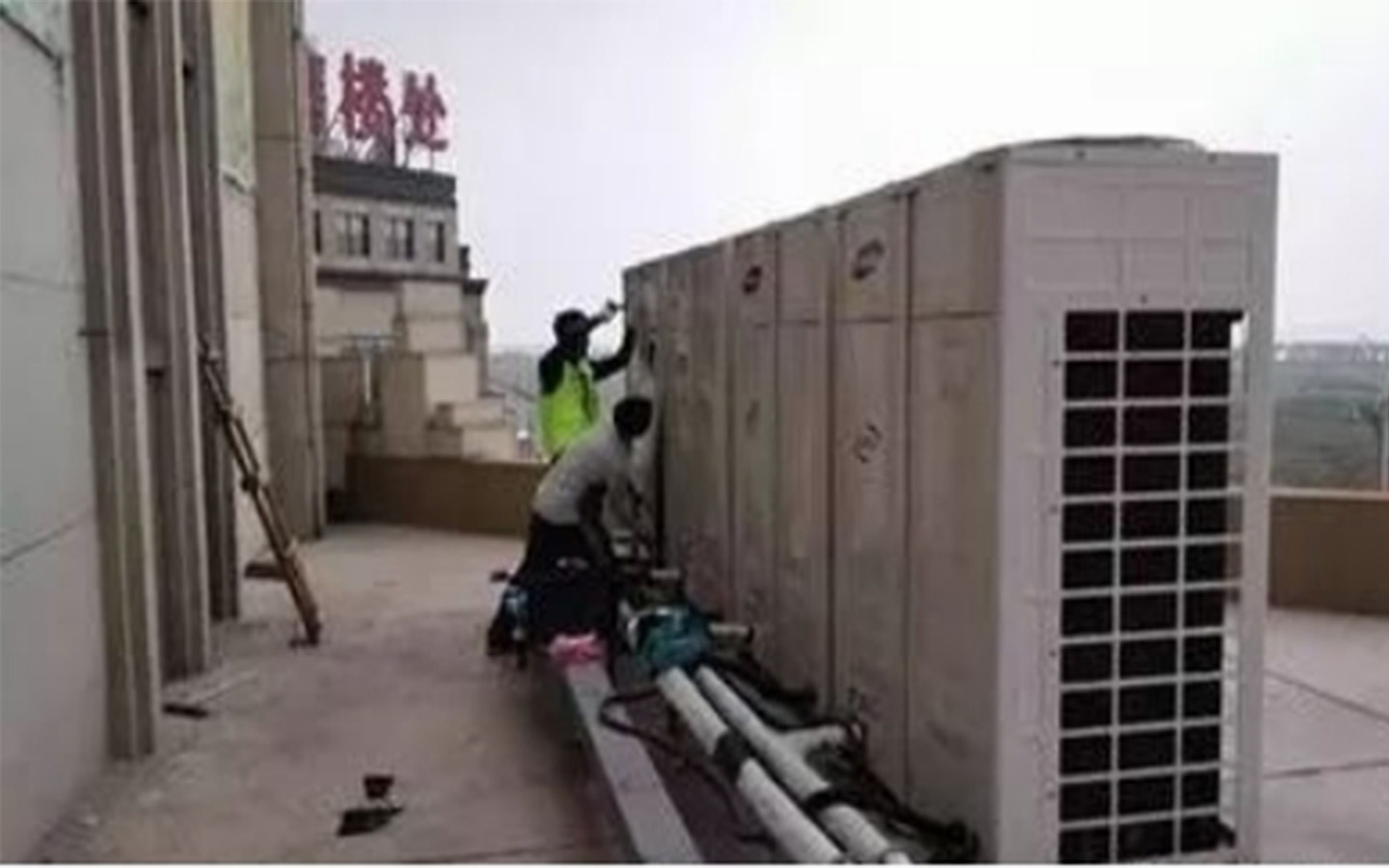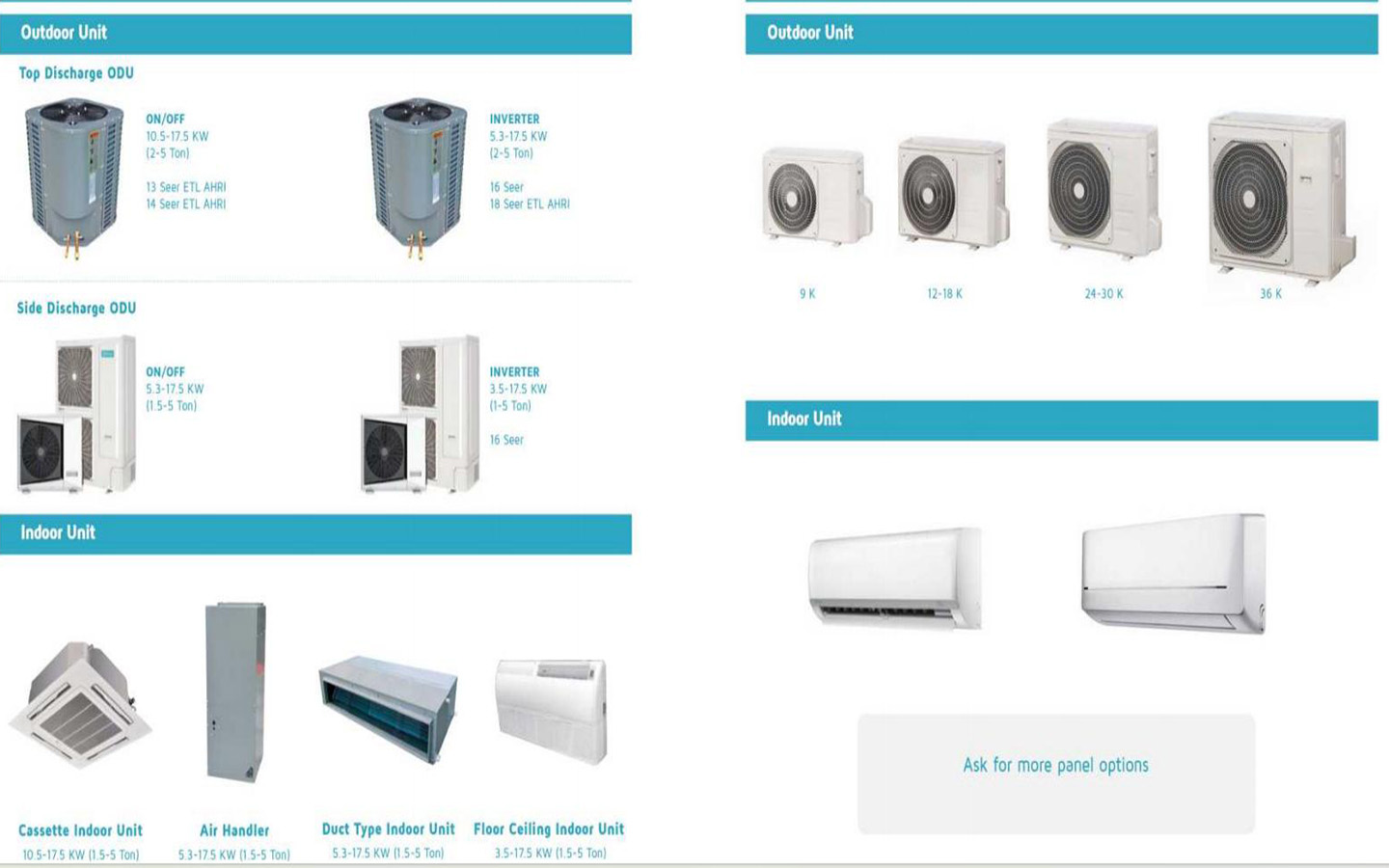Ventilation and air-conditioning technology still faces the test of the diversified development of buildings in its current mature application model, such as the limit of urban public electricity consumption in summer, the investment cost of urban rail transit, the restrictions on air conditioning due to the height of the building, etc., and at the same time, it exceeds The increasingly tight construction space and construction period are also testing the technical level of construction and debugging. This article envisions five air-conditioning modes based on some personal experiences in design, construction, and debugging, hoping to communicate with peers.
1.Cooling of urban underground rail transit public areas
With the continuous development of urban underground rail transit, its energy consumption has attracted increasing attention. At the same time, energy saving of air conditioning in public areas has become a focus within the industry. At present, domestic urban underground rail transit is mostly shallow subway, in which the underground area is generally divided into station hall level, platform level, equipment room, track area and other parts. The air-conditioned areas are the station hall floor, platform floor, and equipment rooms. The characteristic of air-conditioning is that it provides cooling in summer and no heating in winter. Moreover, ventilation and air conditioning mostly use all-air systems, which take up a lot of space. The layout of chillers, especially cooling towers, is more difficult due to urban planning.
Considering the above factors and the experience of subway construction, the author puts forward the following three ideas:
1.1 Take advantage of the low temperature of municipal tap water in summer to appropriately build some reservoirs for cooling chillers, which work similar to water source heat pumps.
The advantage of this is to make full use of the low-temperature characteristics of tap water in summer, and secondly, it reduces the layout problems of the cooling tower. Although there may be hidden dangers of scale on the heat exchange end, considering that the subway air conditioner only needs cooling, it is completely safe during the cooling season. It can be repaired and rust removed. At the same time, the reservoir can also be used as water storage for municipal peak shaving and fire protection in surrounding public buildings. However, it must be an area with large water consumption. Otherwise, if the water does not flow for a long time, it will inevitably reach thermal equilibrium and eventually fail.
1.2 The air-conditioning system at the hall and platform levels of the subway station can try to use an air-water system.
The advantage of this is to fully reduce the net height consumption of the air-conditioning and ventilation system, because judging from the actual situation of equipment installation, a large amount of space is arranged with air ducts and the net height space of the public area must be ensured, which makes construction difficult, and the pipeline arrangement is difficult. The construction efficiency is low and the on-site coordination workload is difficult. At present, the materials, equipment and construction technology have been significantly improved. As long as the construction quality control is done well, the leakage on site should be within a controllable range. If the air water system is used, the space utilization efficiency will be effectively improved. However, when applying air water When designing the system, you need to pay attention to the dehumidification capacity. If necessary, consider using solution dehumidification, because the dehumidification capacity of the all-air system is better than that of the air-water system.
1.3 Transitional seasonal position changes of surface coolers in air conditioning units and fresh air units
The underground space left for electromechanical projects in the subway project is very limited, and the ventilation and air-conditioning equipment occupies a large area, especially the air-conditioning unit plus the ventilation unit. We envision that during the transition season, the connecting pipes of the surface coolers that are usually vertical to the ground will be disconnected and rotated 90 degrees. temperature, and then remove the filter, which can effectively reduce wind resistance, so that the air conditioning unit can complete the function of the ventilator during the transition season.

2. Stratified water cooling module + centralized cooling water air conditioning system
The cooling water part of the system consists of a traditional open cooling tower or a closed cooling tower to provide cooling water for the system. The hot water part of the system is provided by the central heating system and panel exchange or by burning natural gas to obtain hot water.
The system chilled water system consists of water-cooled heat pump units installed on each floor.
2.1 Pipeline layout
There are only four pipelines in the vertical part, which are cooling water supply and return pipelines, softened water supply pipelines, and condensed water collection pipelines. There is no chilled water pipeline. Since the temperature of the cooling water is higher than that of the chilled water, it is generally only necessary to consider insulation during heating in winter, not cold insulation in summer. Furthermore, due to the temperature difference, the cooling loss during the transportation process is relatively small.
2.2 Flexible equipment layout
The equipment layout is flexible, if maintenance reasons are taken into consideration. Only three layers are needed for a small unit. Two larger devices that can bear the load of two layers are arranged on the middle layer. The equipment responsible for this layer is arranged on the upper and lower floors. When any equipment fails, it is supplied by the middle layer equipment.
2.3 The equipment principle is simple and versatile
The equipment provides standard interfaces. The heat pump equipment can be purchased and installed by itself according to the use of the relevant layer or the purchasing unit.
2.4 System security
Split layout and modular equipment reduce transmission losses and reduce the risk of equipment failure on the cooling and heating of the entire building. Since layered operation is of great significance for energy-saving operation of buildings with separate metering and unsynchronized loads.

3.Terminal air volume adjustment device
The variable air volume we often talk about refers to the use of variable air volume terminals. In fact, if we think back to the fans we installed on the roof of the train ten years ago, it was an oscillating fan. In fact, we can also learn from this technology in terms of air outlets. In the past, we paid too much attention to the adjustment of ambient temperature and humidity, hoping to achieve human body comfort by adjusting ambient temperature and humidity. In fact, in some large public places with large flow of people and concentrated people, we can combine low-temperature air supply and air supply, because obviously The feeling of blowing wind helps the human body’s own evaporative cooling, and at the same time, it can deliver fresh air to each individual more effectively. If we use the three-stage evaporative cooling technology to process the outdoor air to a relatively low temperature at low cost and send it into the air duct, installing an end air supply device in the form of a fan at the end will effectively reduce energy consumption and increase the indoor air fresh air ratio to improve indoor air quality.
But we also need to note that the scope of application of this air conditioning method is still distinctive and it must meet the following conditions before it can be implemented:
3.1 Dense personnel
3.2 Public places
3.3.Tall space
3.4 People don’t stay for a long time, such as waiting for trains and checking tickets at the station.
3.5 Post air supply in industrial plants. Because many of them are hot workshops, people work on the assembly line, and their positions are relatively fixed.
4. Personalized temperature and humidity adjustment based on traditional Chinese medicine judgment of human body constitution.
Traditional Chinese medicine is a discipline that studies human physiology and pathology, as well as the diagnosis, prevention and treatment of diseases. It carries the experience and theoretical knowledge of ancient Chinese people fighting against diseases. It is a medical theoretical system gradually formed and developed through long-term medical practice under the guidance of ancient simple materialism and spontaneous dialectics. In terms of research methods, it takes the holistic view of similarity as the dominant idea, based on the physiology and pathology of the organs and meridians, and takes syndrome differentiation and treatment as the basis for diagnosis and treatment. It has simple system theory, cybernetics, fractal theory and information theory. Traditional Chinese medicine divides the human body’s constitution into five categories: yang excess, yin deficiency, blood stasis, phlegm-dampness, and qi stagnation.

These five constitutions, combined with the person’s psychological and working status, can explain why some people feel comfortable, some feel cold, and some feel hot at the same temperature and humidity. Therefore, in business air-conditioned areas with higher requirements, the temperature and humidity settings of air conditioners should be based on the activity intensity and number of people in the area. More importantly, the physical fitness of the people in the air-conditioned area should be taken into consideration.
At present, the intersection of disciplines is normal. The intersection of HVAC and automatic control disciplines can realize automatic control of HVAC. At the same time, if we can intersect with the discipline of traditional Chinese medicine, we can set a more humane goal for our automatic adjustment. parameter.
Judging from the birth and development history of our discipline, it has evolved from meeting process requirements to meeting industrial and civil requirements, and from the initial temperature and relative humidity adjustment to today’s temperature, relative humidity, cleanliness, air flow speed, The purpose of regulating indoor air quality is nothing more than to meet process requirements and provide a healthy, comfortable, and low-energy-consumption environment for workers in civil buildings. Therefore, personalized temperature and humidity adjustment based on traditional Chinese medicine judgment of human body constitution is also a development trend in the industry.
5. Promote the use of heat pump water heaters and air conditioners in summer cities
The heat pump water heater mentioned here is not our current application model. At present, we install a device that uses the heat pump principle to extract heat from the outdoor air to heat water. We advocate combining the form of a water tank and an outdoor unit with a traditional air conditioner to form an outdoor unit. Indoor unit and water tank integrated. The working mode is to first use indoor air to heat water in summer, and then switch to the conventional air-cooling mode when the water reaches thermal balance. In general, in summer, we can make full use of the heat pump water heater as long as we can ensure the flow of water in the water tank, such as (bathing, washing clothes).


 Español
Español Русский
Русский Tiếng Việt
Tiếng Việt 中文
中文 suomi
suomi Français
Français Português
Português English
English Deutsch
Deutsch Français
Français Español
Español Italiano
Italiano Português
Português Pусский
Pусский


